Biophilic Design for Rented Homes

One in five households in England and Wales now rent, a figure which has doubled in the last two decades. Renting continues to grow in the UK as many are simply priced out of home ownership and mortgages remain increasingly difficult to secure. We spoke to interior expert Sharon, of @a_story_of_home, to discover how she has made her mark on her rental home, and why biophilic design is so important…
Tell us a bit about your rented home…
SL: "This summer marks ten years since I quit my job, we sold my house and became renter again after twelve years on the property ladder. At the time renting gave me the financial freedom to make a career pivot at age 40 and pursue a new career in interiors."
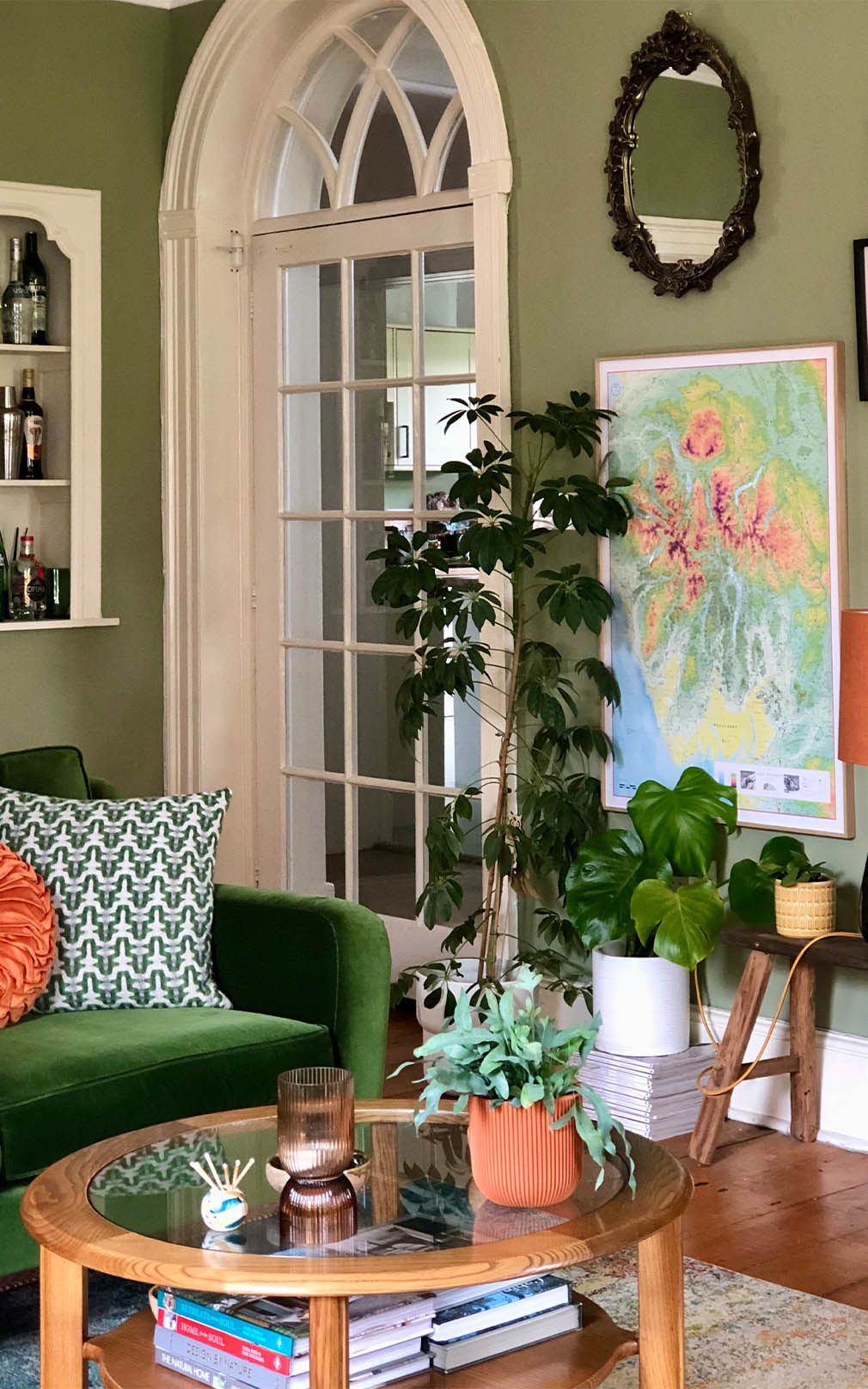
"One obvious downside to renting, especially when you are interiors obsessed, are the restrictions that are often placed on what you can or mostly can’t do with décor. Many lease agreements don’t allow you to decorate, but in my opinion the most forward-thinking landlords want to keep their good tenants happy. They understand that if their tenants want to invest time and money into their rented home, they are more likely to stay longer and care for the property as if it were their own."
"We have been incredibly lucky to have understanding landlords who agreed to let me decorate. I am a firm believer in the power of paint and plants to instantly transform a space, and this can make a huge difference to how you feel about your rented home – especially when you are desperate to express yourself through your interior. My rented décor projects have even been featured in several national magazines and my landlords have been delighted with the results."

Why is biophilic design important to your home?
SL: "Over the last five years I have been researching and studying biophilic design. I didn’t want to compromise on designing a healthy, nurturing, and restorative space just because I rent my home. Biophilic design is an evidence-based approach to designing spaces that helps connect our built environments to nature and natural systems. Taking this approach to designing our interior spaces means that every day we can harness the many health benefits of being in nature."
"I also believe we have a “biophilic core” - a soul place in nature where we feel at our calmest and most relaxed, feelings connected to places which are specific to us as individuals. For me it is green landscapes, mountains, woodlands, proximity to water with a preference for spring and autumn seasons. This is why I came to live in the Lake District three years ago. For somebody else it may be the rugged Cornish coastline, tasting the salty air on their lips, the smell of ozone and brushing their hand through grasses in the sand dunes during winter. Both are natural spaces, connecting us to nature in the same ways, yet both conjure up totally different energies, atmospheres, colours, and textures."

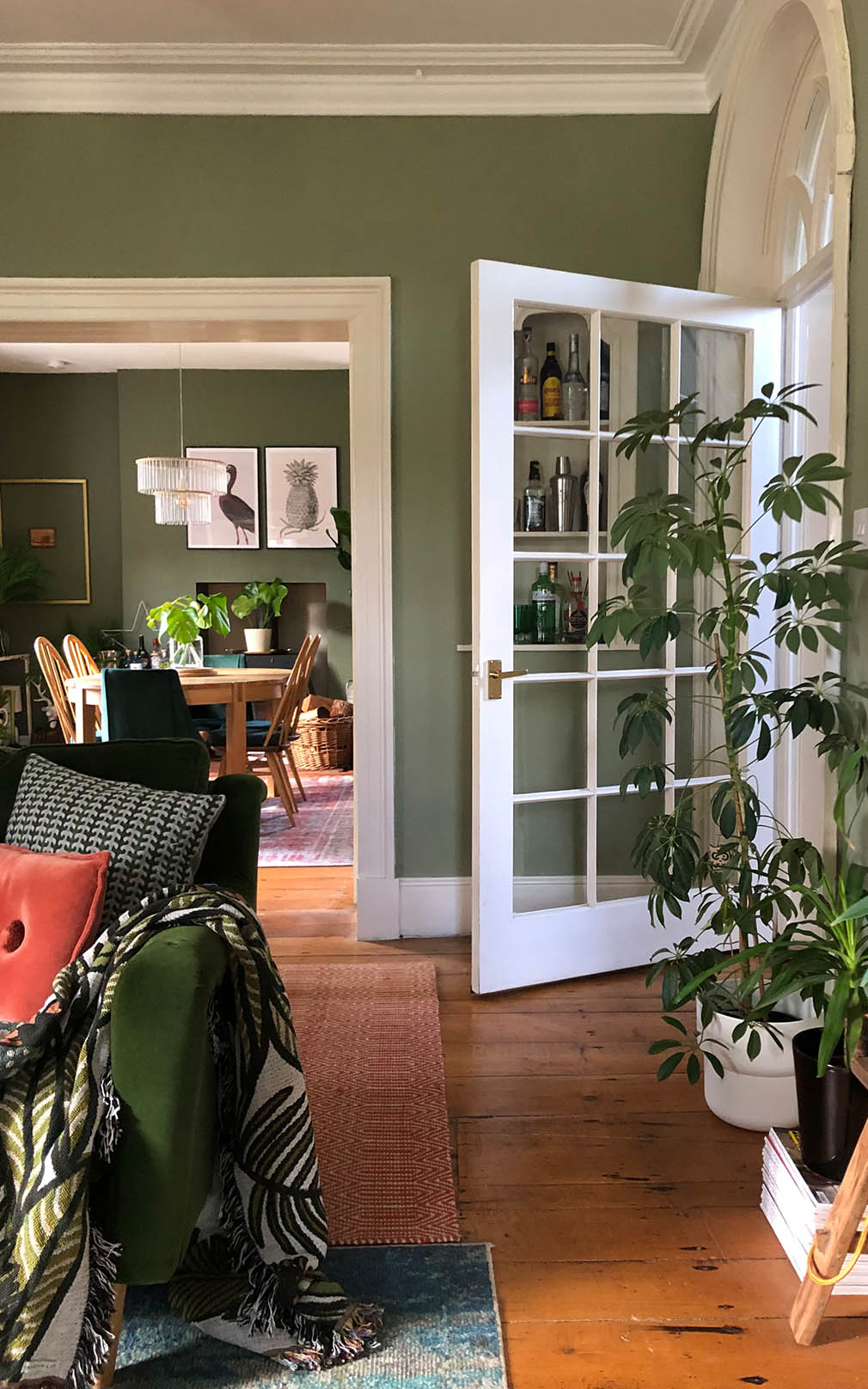
"I have felt the powerful benefits that biophilic design brings so I am committed to sharing this design philosophy wherever I go. This belief in biophilic design is why the Morvah Hanging Planters were such a great fit for my space - they are investment pieces that I can move to where my space needs a pop of greenery, or even take with me if I decide to move. There will undoubtedly be many aspects of your rented home aren’t likely to be changed, like bathroom suites, radiator style or windows but there many ways you can embrace biophilic design into your rented home through colour, accessories, and materials."
How did you connect your sitting room to nature in your rented home?
SL: "Unless you are lucky to love your landlord’s décor choices, changing the wall colour is of course only possible if you landlord agrees to let you decorate – ask, you might be surprised at the answer, after all it’s only paint. If they say yes, then find a colour from your favourite natural space, one which you connect to and embrace that natural landscape into your home."
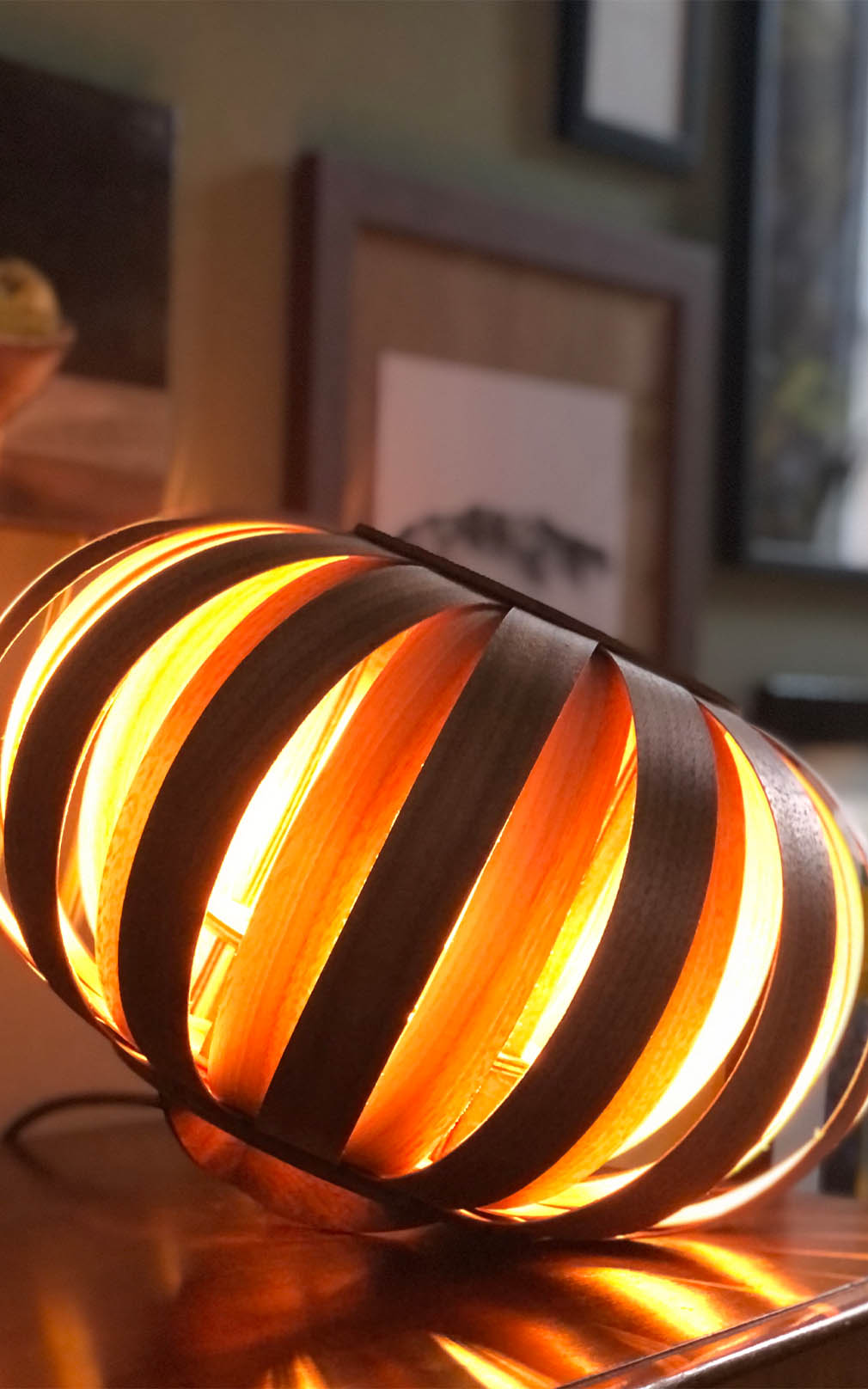
"Colour changes everything. To reference my love of green landscapes and woodlands I painted my walls in mid-tone green, this gives me the feeling of being cocooned by the landscape. It is also the perfect shade of green to compliment my furniture and homeware. The green provides the perfect backdrop for the walnut tones found in my Urchin Table Light. Feeling this connection to my favourite spaces gives me the calm, tranquil and restorative mood I wanted in a room where I spend my time relaxing."
"Materials and textures. Layering natural materials and textures to represent how I experience nature through other senses such as touch. I’ve used wood, metal, ceramic, cork, wool, linen, and the sublime rich cotton velvet of my sofa. This variety of textures offer haptic invitations, they just cry out to be touched."
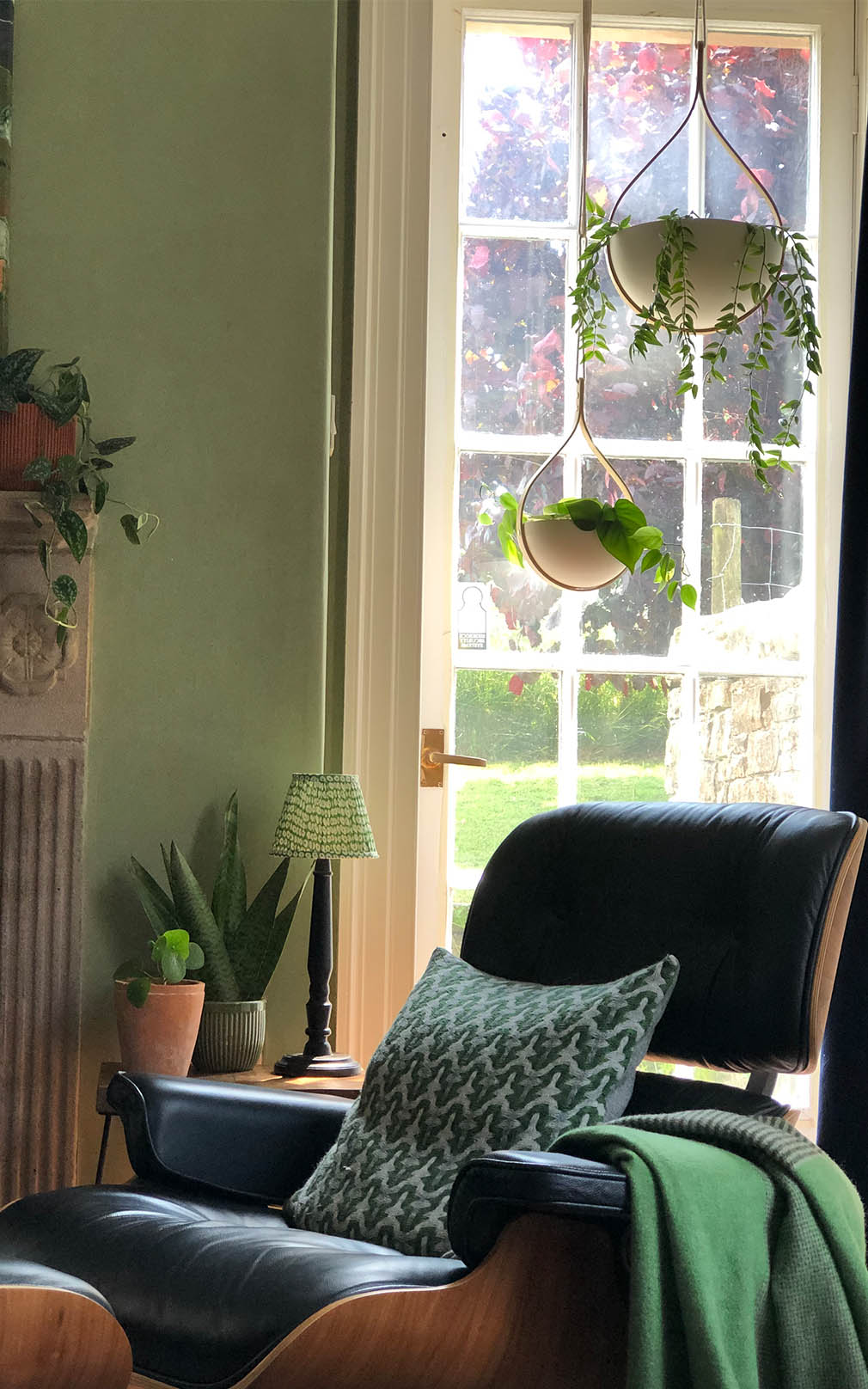
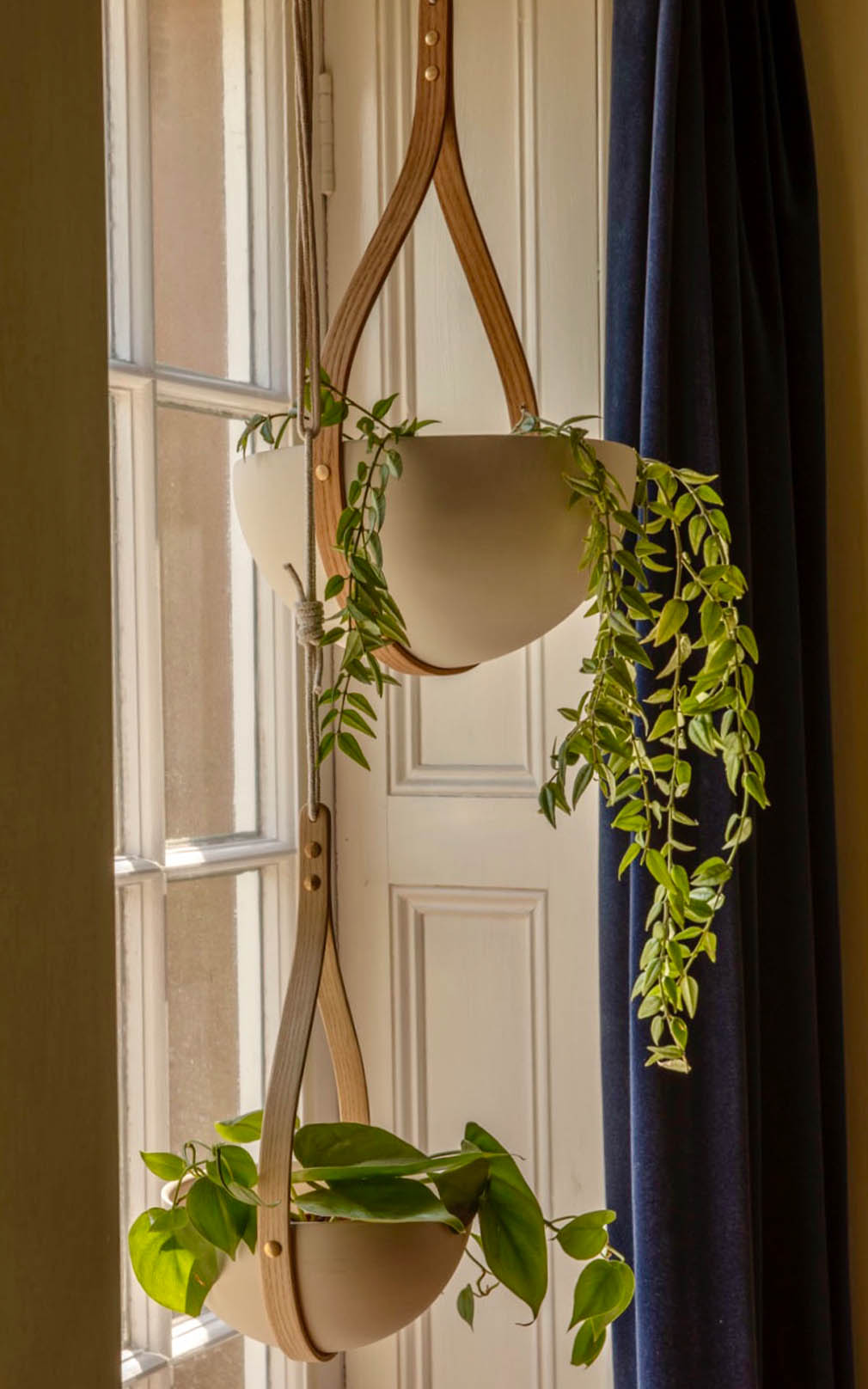
"References to and representations of nature on as many surfaces as possible. For a truly immersive nature at home experience, I like to see nature wherever I look. I have used nature inspired patterns or artworks depicting natural scenes. My lampshades feature abstract birds prints, cushions featuring birds, butterflies, flowers & ferns. I create a gallery wall to hide the TV using botanical illustrations and artwork featuring woodlands, trees & landscapes. The latest additions to my room is my Tom Raffield pieces. Each nature inspired design connects me instantly to the organic world that I live so dearly."
"Direct visual connection to nature. Plants feature on every possible surface in my home - with some even hanging from the ceiling in my Morvah Planters. Over the last few years, I’ve learned to care for house plants (where once I would kill them just by looking at them) and this has become a deeply therapeutic hobby. Sharing your home with plants is not just simply decorative though, these leafy angels can play a huge part in helping to purify the air too. Plants such as the Peace Lily, Boston Fern, Snake plants and Aloe Vera are all efficient at cleansing the air – especially important when you consider the amount of time we now spend indoors. "

"The secret to achieving an immersive experience with plants at home though, is to place them at varying heights just as you would experience greenery in nature - not all at one level or at one focal point. You can do this by adding trailing species to hanging ceiling planters, as well as a mix of plant stands and raised floor planters. Group them together too, plants are sociable."
How else can you introduce the natural world to your space?
SL: "Use real wood when designing for the senses. Studies have shown including real wood in our homes benefits our health by reducing heart rate and blood pressure. Real wood works to support our wellbeing on many sensory levels, it is THE natural material to bring into your home when designing for all your senses. Our brains like wood grain, it subconsciously links wood to trees, trees to life and nature. One glance at my Urchin Table Light instantly brings me to relaxing, shoreline memories - calming me and my home."
"Maximise natural light and nature views. I’m lucky to have several windows and glazed doors in this room which obviously serve as a great source of natural light but adding mirrors to the space not only reflects light around the room but also offers up reflected internal views. When I pass a mirror, I see the natural, living elements in the room reflected through them, especially effective if you don’t have much of a view. "


"And if you have view, no problem. Take inspiration from my duo of Morvah Planters and create one by adding hanging planters in your windows to create a green focal point, plus your green babies will love the light and thank you by growing into very healthy plants. My furniture is also placed either facing windows with views outside, or with views onto natural elements such as artwork, patterns, or colours."
"So next time you redecorate or refresh a space in your home, try adding some of these simple biophilic design elements - connect yourself and your home to nature to nourish your wellbeing at home."
Posted: 30.06.23
Updated: 06.07.23